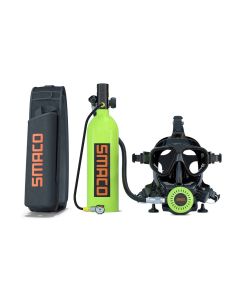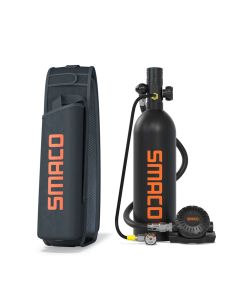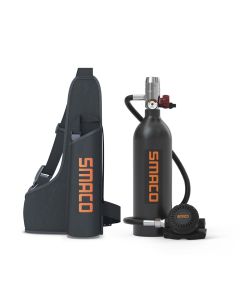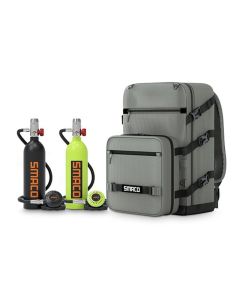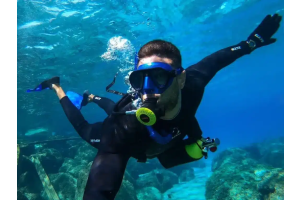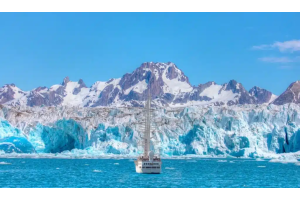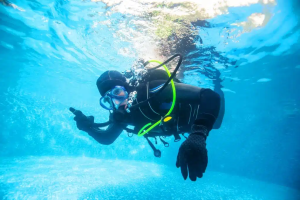The diving season is just around the corner: How to plan your first diving trip in 2025
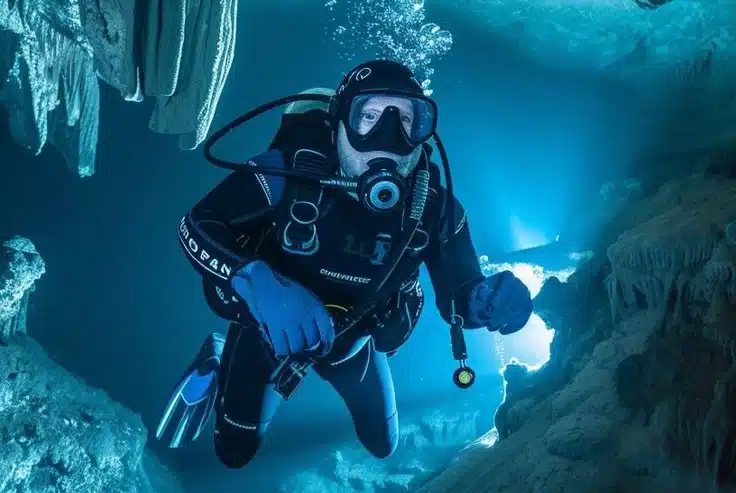
With the 2025 diving season approaching, the vast blue ocean once again beckons adventurers. Whether exploring vibrant coral reefs or swimming with marine life, diving is always a unique and unforgettable experience. But how can first-time divers plan a safe and fulfilling diving trip? This guide offers valuable tips for preparation.
Choosing the right destination: From popular spots to hidden gems
Choosing your diving destination will significantly impact your experience and should be based on your skill level, interests, and budget.
Beginner-friendly destinations
- Similan Islands, Thailand – Gentle currents and excellent visibility make this spot ideal for practicing basic skills.
- Sipadan, Malaysia – Due to the limited daily diving quota and strict ecological protection, there is a high chance of encountering turtles and barracudas at this site.
Targets for advanced challenges
- Raja Ampat, Indonesia – Known as a “species factory,” this site has strong currents, making it ideal for adventurous divers.
- Gansbaai, South Africa – Launching in 2025, the Great White Shark Cage Diving Experience will delight adventure lovers.
Hidden gems
- Underwater Museum, Cancún, Mexico – A fusion of art and ecology with over 400 sculptures that serve as a new habitat for corals.
- Lofoten, Norway – Wreck diving in cold water combined with the enchanting experience of the Northern Lights in winter.
Tip: Keep an eye out for changing regulations. For example, some Maldivian islands will require divers to have an environmental diving license starting in 2025.
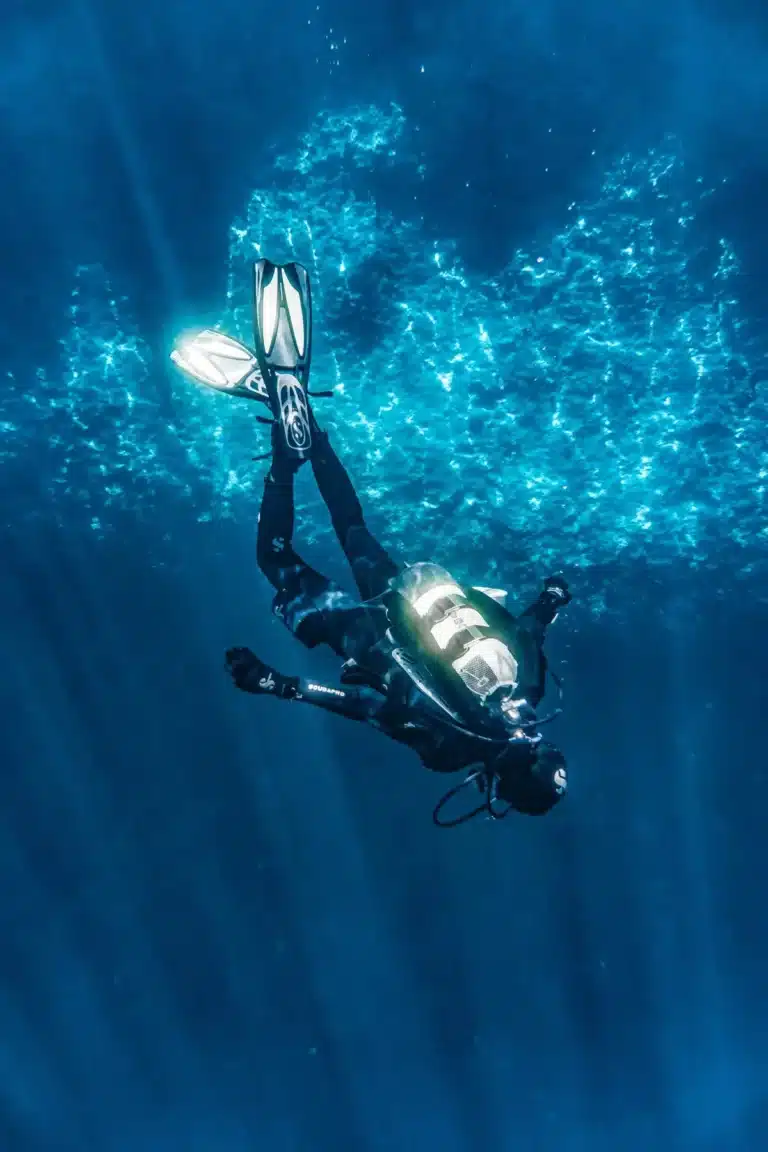
Essential diving equipment: lightweight and high-tech
Diving equipment in 2025 will focus on technology and sustainability.
Basic equipment for beginners
Mask – A double-sided, anti-fog, coated lens is recommended. Snorkel – Essential for surface breathing. Wetsuit – Choose an eco-friendly wetsuit (3–5 mm) depending on the water temperature. Scuba tank – A mini tank is recommended for greater portability.
Technological improvements
AI dive computer – Enables real-time monitoring of depth and nitrogen saturation. Some models support underwater navigation. Eco-friendly regulator – The low-drag design reduces air consumption and extends dive time. Biodegradable sunscreen – Protects skin while minimizing damage to coral reefs (choose products without nano-zinc oxide).
Renting or buying equipment
Beginners should first consider renting equipment before investing in their own equipment after confirming their long-term interest in diving.
Accommodation: Liveaboard, resort or hostel
Your choice of accommodation will affect the comfort and pace of your diving trip.
diving safari
Ideal for multi-day, uninterrupted diving and access to remote dive sites, choose a "green liveaboard" that complies with the new 2025 regulations and features solar power and wastewater treatment systems.
Island resort
We recommend all-inclusive packages that include diving courses, equipment, and meals. Prioritize resorts with PADI Five-Star certified dive centers.
Youth hostels
Budget travelers and backpackers can opt for hostels or shared villas.
Safety first: Six important measures to minimize risk
Medical check – Undergo a professional diving medical examination at least one month before departure to rule out cardiopulmonary disease and ear equalization problems. Certification – Complete the PADI Open Water or SSI Level 1 course; don't skip the academic session. Insurance – Purchase dive insurance that covers decompression chamber treatment and emergency evacuation (e.g., DAN Asia-Pacific Plan). Buddy check – Check your buddy's cylinder, weight belt, and regulator before every dive. Depth check – Beginners should not dive deeper than 18 meters to minimize the risk of nitrogen narcosis. Weather monitoring – Use apps like Windy or Dive+ to track ocean conditions in real time.
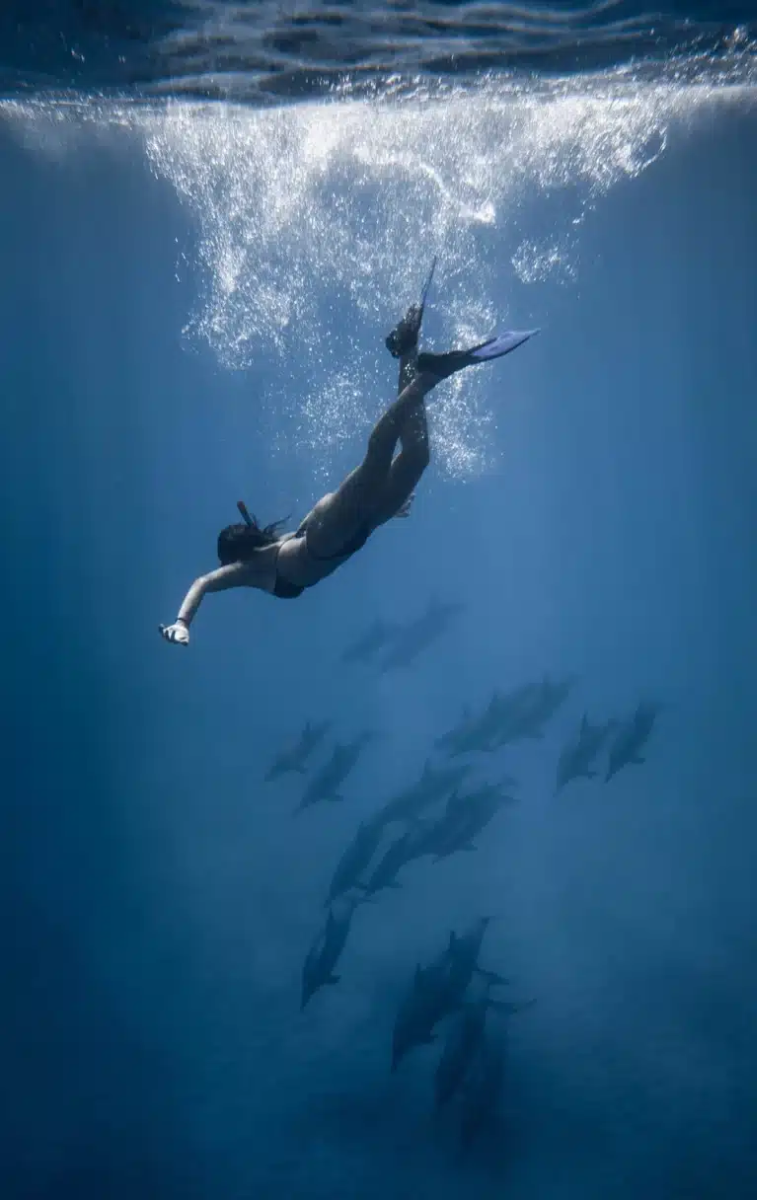
Environmental Responsibility: A Diver's Promise to the Ocean
Avoid touching marine life – Even seemingly harmless creatures like starfish can be affected. Avoid wearing gloves to resist temptation. Maintain neutral buoyancy – Avoid stirring up seafloor sediment to protect coral polyps. Support sustainability. Choose dive shops that participate in coral restoration projects (e.g., partners of the Great Barrier Reef Restoration Fund). Avoid fish feeding and other ecologically disruptive activities.
Conclusion: Dive into 2025 and start a new chapter underwater
Diving isn't just about exploring the unknown—it's also a journey of self-discovery and connecting with nature. From choosing an inspiring dive site to practicing eco-friendly practices, every detail contributes to a meaningful and responsible diving experience. Prepare for your first dive in 2025: May it be safe, exhilarating, and filled with awe of the sea. The depths of the ocean are unimaginable, but those who are prepared will always find magic. See you beneath the waves in 2025!

